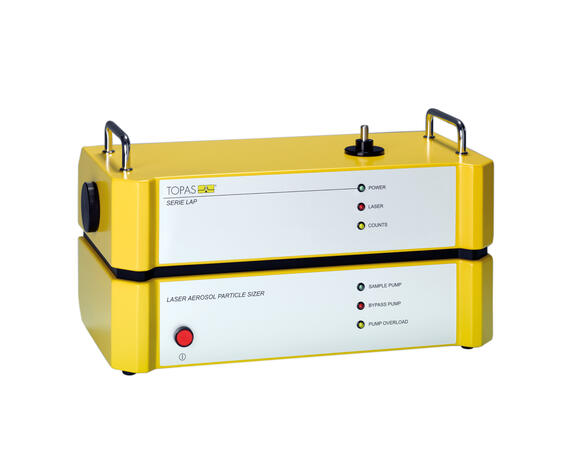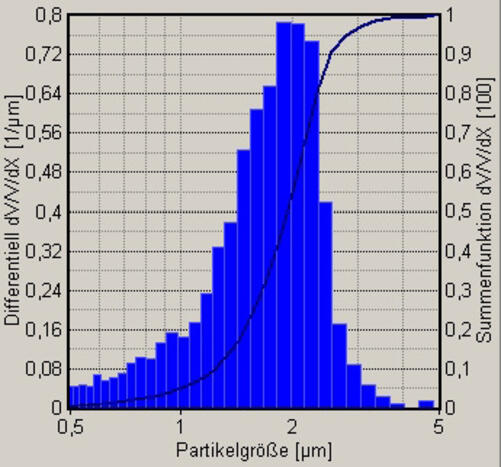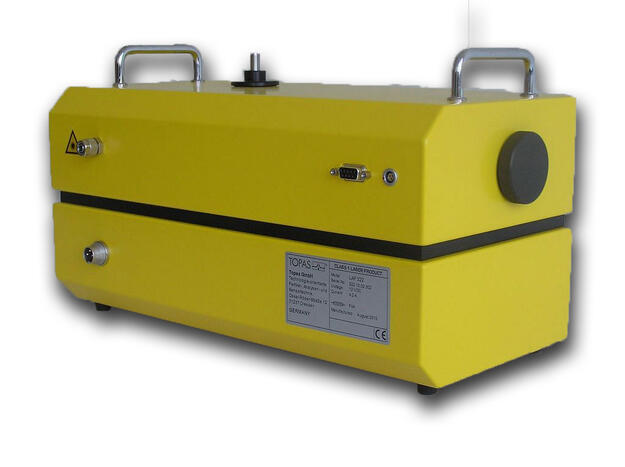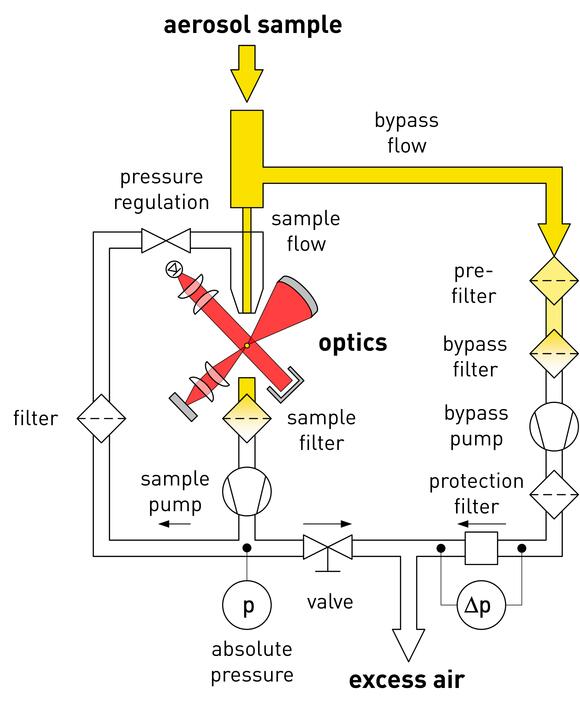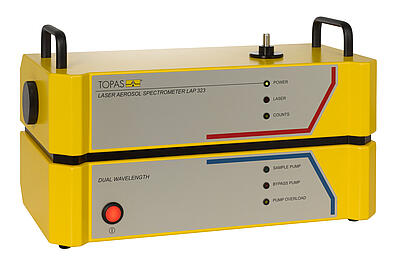LAP 322 Aerosol Spectrometer
LAP 322 Aerosol Spectrometer for analysis of particle size distributions and particle number concentrations in aerosols, monochrome light
The aerosol spectrometer LAP 322 combines sensor, controlled volume flow supply, and signal acquisition in one rugged, handy housing. The included Data Acquisition and Control Software PASWin for standard Windows PCs provides for an easy operability.
Standards
download
product sheet LAP 322Benefits
- measuring range of particle size: 200 nm … 40 µm (with just one sensor), various measuring ranges selectable
- Wide concentration range: from 1 to max. 1E4 #/cm³ ) – ideal for filter testing
- easy and defined extension of concentration measuring range by use of Aerosol Dilution Systems
- high counting efficiency of > 50% already at 200 nm
- light source with long life time (20,000 h) by use of approved laser diode
- high size resolution by means of multi channel analysis with > 90 size channels
- incl. ease of use and comprehensive Windows based control and analysis Software PASWin
- easy control of Sample Switching Unit SYS 520 for measurement of fractional efficiencies
Applications
- measurement of particle size distributions (spray, dust, powder)
- analysis of test and calibration aerosols
- filter testing and characterization
- determination of fractional efficiency
- indoor air quality
- atmospheric research and environmental monitoring
- characterization of pharmaceutical aerosols
- aerosol research
The LAP 322 aerosol spectrometer underlies the principle of light scattering. According to size of a particle passing the measuring volume scattered light occurs that is mapped on photo detector situated in 90° direction. Change of collected light at the photo detector is a measure of particle size and is subject to multi channel analysis.
The counting results that are sorted into several channels according to their impulse height represent the basis for determining of number based particle size distribution by means of calculation base and calibration function.
The entire measuring range covers particle sizes from 0,2 µm to 40 µm. It has been proved that only at number concentrations higher than 1E4 #/cm³ noticeable losses in the counting rate are caused by coincidence. By using Topas dilution systems of series DIL the concentration range can reliably be enhanced and coincidence can be reduced to an insignificant scale. The compact design and easy operation allow flexible utilization of aerosol spectrometers of series LAP for measuring particle size distribution as well as particle concentration in aerosols.
| Parameter title | Unit | Value |
|---|---|---|
| measurand(s) | - | particle number concentration, particle size distribution |
| measuring range, particle size | µm | 0,2 ... 40 (0,2 ... 5 | 0,24 ... 10 | 0,7 ... 40) |
| measuring range, concentration | #/cm³ | max. 10'000 |
| resolution, measurement time | s | ≥ 1 (variable adustable) |
| resolution, particle size | - | max. 128 size channels (adjustable) |
| test flow rate | L/min | 3,0 (0,1 through measuring cell) |
| power supply | - | 110 ... 230 V AC (via power adapter 12 V DC; 4,2 A) |
| communication interface | - | RS232 |
| dimensions (w × h × d) | mm | 380 × 220 × 200 |
| weight | kg | 9,4 |
- carry case
- sample switching unit SYS 520
- dilution system DIL 555
- La A, Zhang Q, Levin DB, Coombs KM The effectiveness of air ionization in reducing bioaerosols and airborne PRRS virus in a ventilated space. Transactions of the ASABE 62 (2019) 5, 1299 - 1314
dx.doi.org/10.13031/trans.13430 - Sobczyk AT, Marchewicz A, Krupa A, Jaworek A, Czech T, Śliwiński Ł, Kluk D, Ottawa A, Charchalis A Enhancement of collection efficiency for fly ash particles (PM2.5) by unipolar agglomerator in two-stage electrostatic precipitator Separation and Purification Technology 187 (2017) 0, 91-101
dx.doi.org/10.1016/j.seppur.2017.06.039 - Essien D, Coombs K, Levin D, Zhang Q Effectiveness of negative air ionization for removing viral bioaerosols in an enclosed space CSBE/SCGAB 2017 Annual Confernce. Proceedings 0 (2017) 0,
dx.doi.org/
